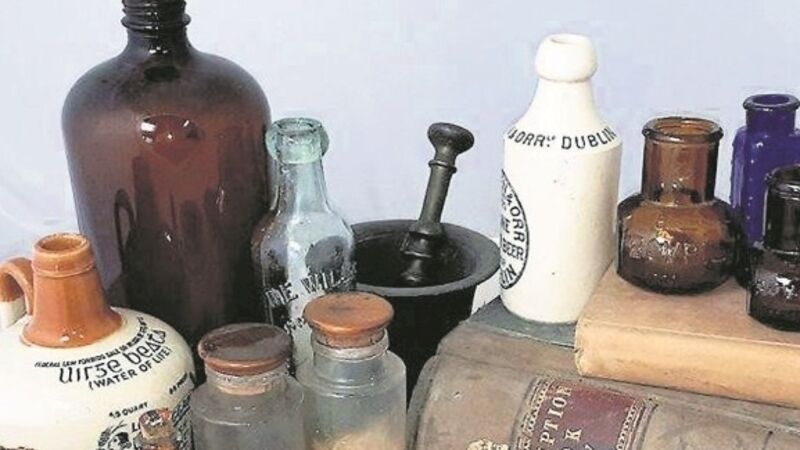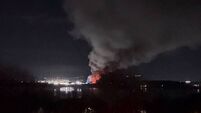Spanish flu centenary: Reminder of our vulnerability

In this decade of centenaries, it is important that the National Museum of Ireland mark the centenary of the Spanish Flu outbreak that swept Ireland during 1918 and 1919.
Estimates of the pandemic’s impact vary but it is accepted that a third of the world’s population probably caught that flu.
It is also accepted that it killed between 50m and 100m people — up to 5% of human beings on the planet at the time. If a similar proportion of today’s population succumbed then 400m people would die. The Mayo exhibition will focus on the 23,000 Irish lives lost. This was catastrophe beyond even the wildest imaginings of Hollywood.
The impact of a modern pandemic like that is probably, and thankfully, beyond our wildest imaginings too.
Should a similar disease, one indifferent to our medical defences, take hold today it might spread far faster and far more widely than the 1918 pandemic. Air travel would be the conduit and, in darkest Hollywood plot mode, it would reach new destinations — maybe even before it was identified.
The 1918 pandemic was indifferent to race or status.
Groucho Marx caught it in New York and Mahatma Gandhi in Ahmedabad. TS Eliot got it in London and wrote The Waste Land as he recovered. If the exhibition reminds us of the egalitarian nature of pandemics it will be worthwhile. If it provokes questions about today’s killer diseases like ebola and our lax attitude to vaccination then it wil be doubly so.















